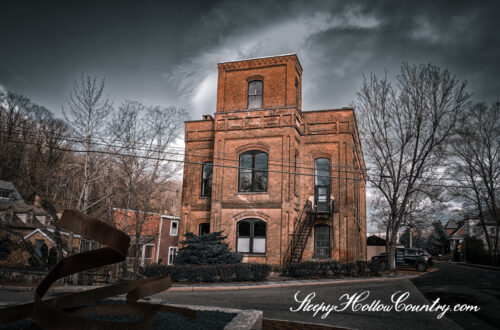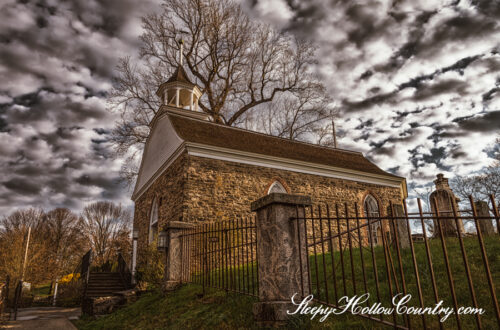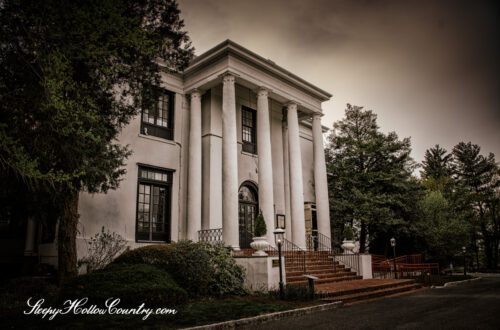
Milton Minnerly, 1877.
Take a walk in Sleepy Hollow Cemetery amongst the tombstones. Wind your way along the ridge of the hill to take in the dramatic views. There are monuments all around you, but you find a sunny patch of grass with a rock angling down a slope like an old scar. It’s a nice place to rest, so you brush away some loose lichen, leaves, and pine needles that have settled into the cracks. Your fingertips find something else though, faint in the sandpaper surface, and different from the deep veins and crevices. It almost feels like letters.
The sun and shadows hit just right to highlight a faint inscription in the rock. Tracing it reveals the letters to you, and suddenly, clear as day, you read a name long lost to time: Milton Minnerly, 1877.
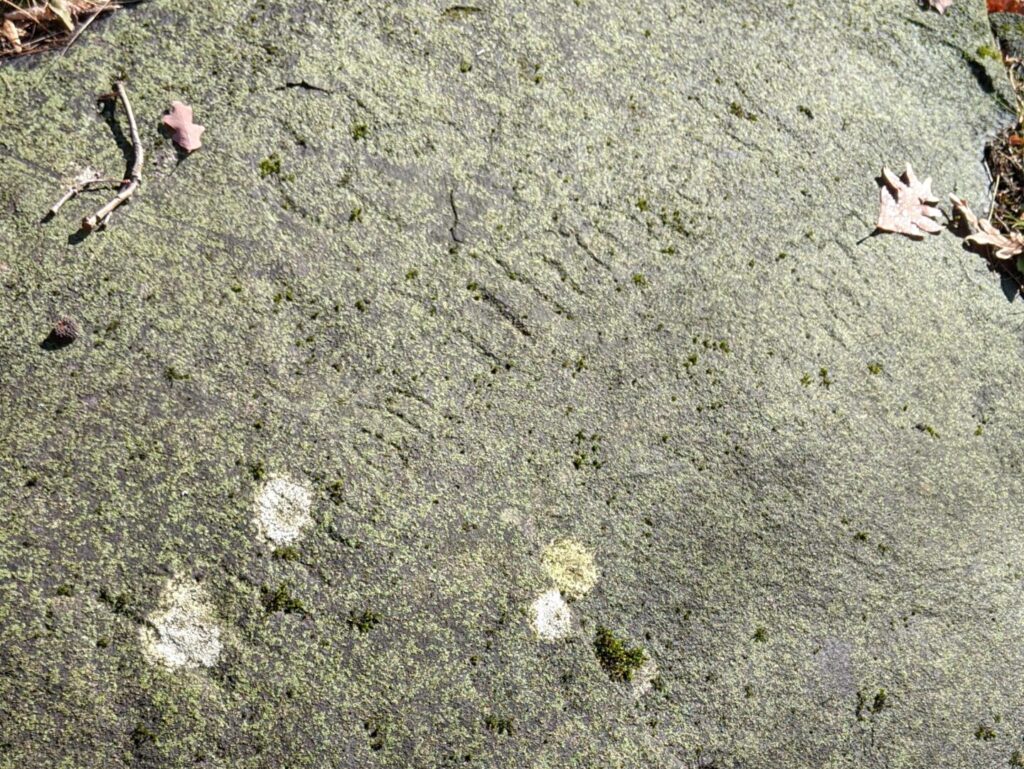
Who was Milton Minnerly? And how did his name come to be carved in this rock?
Minnerly was born Arthur Milton Minnerly in 1860 to Jane De Voe (De Vaux) and Isaac H. Minnerly in Tarrytown, NY. He had an older brother, Anson, who was born in 1855. Jane was a housewife and Isaac worked in various occupations through the years. But, most important to this story is that in 1877 Isaac was appointed Superintendent of the Tarrytown section of the Croton Aqueduct.

The Sleepy Hollow Cemetery was incorporated in 1849, twenty-eight years prior to Minnerly’s inscription, but had yet to extend to the boundaries it encompasses today. In fact, the area where the rock lies was more than likely undeveloped woodland.
Perhaps the answer lies with the Croton Aqueduct, which many know runs directly east of the Sleepy Hollow Cemetery and the location of the Minnerly inscription. An atlas of the area from 1881 reveals that just a small distance north of the Cemetery and the estate of Pocantico Grove is the location of the superintendent’s house. Not far from the house is the inscription.
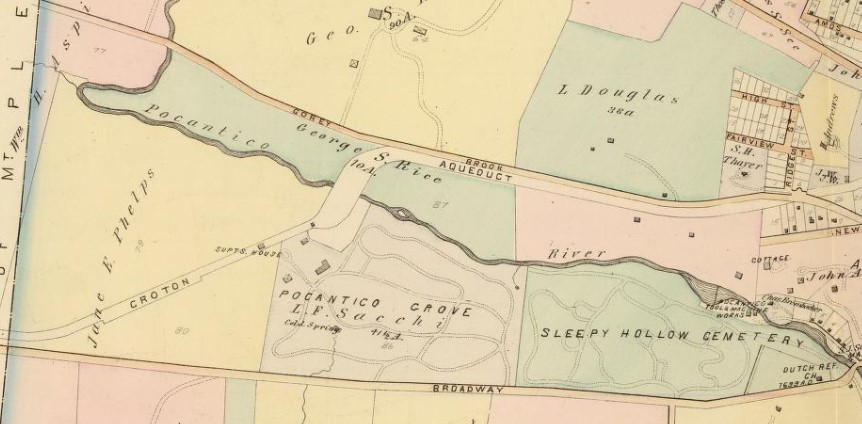
We can semi-confidently place Milton Minnerly in the area of the inscription, but unfortunately, will never know what brought the 17-year-old into the woods to take refuge at the rock and take the time to carve his name and the date. Perhaps he was commemorating an event in his life or like many of us, just felt the need to leave his mark at that particular place and time, unbeknownst to him, creating a mystery for us to never solve.
Milton Minnerly’s Career
Census records in 1880 state that Milton Minnerly was working as a Blacksmith, but by 1890 he went on to become a figure in Tarrytown’s history in other ways. He was North Tarrytown’s Police Chief for a quarter of a century, was lauded as an “immaculate dresser; wore a high collar and always looked as if he just emerged from a fashion book,” and famously apprehended the Mysterious Woman in Black who haunted Sleepy Hollow for a brief time. During his time as Chief, he also caught all kinds of crooks, vandals, and schoolboys playing hooky. For years he lived not far from the Cemetery on Gory Brook Road.
Milton Minnerly Death and Burial
The story for us began in the Cemetery with the inscription, and it also ends there as well. Milton Minnerly dies in 1921 at the age of 61 after a prolonged and chronic illness.
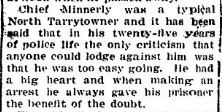
He is buried at the Sleepy Hollow Cemetery, in a section not far from the Chapel and a little ways from the inscription from his youth. One wonders if in his later years, he recalled that time he spent in the woods carving his name into a random slice of rock. All we can say is that Milton Minnerly was a notable figure in the community and is perhaps the only individual with two memorials, 44 years apart, on that hallowed ground.


